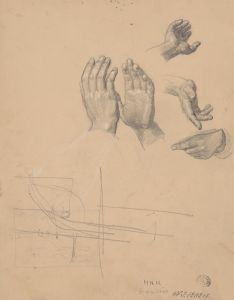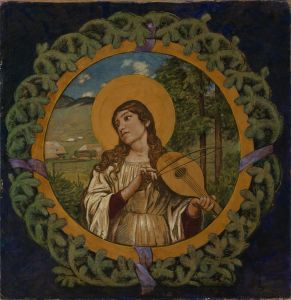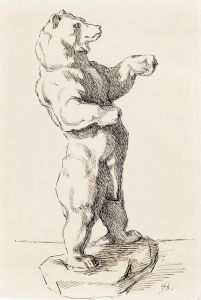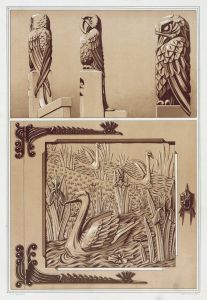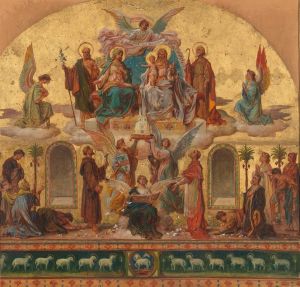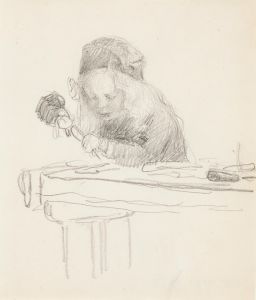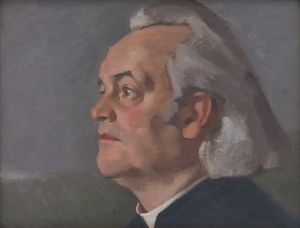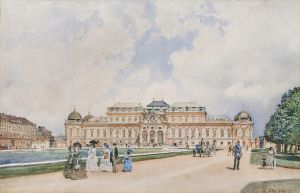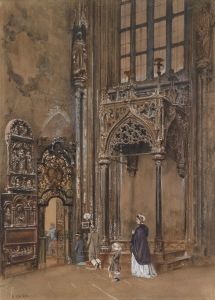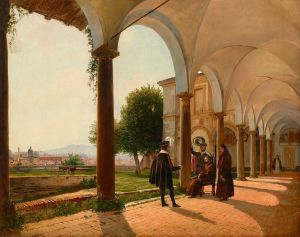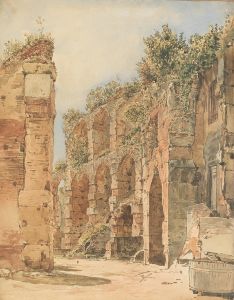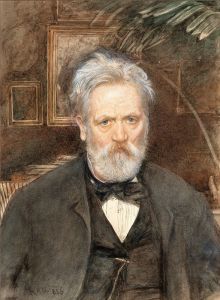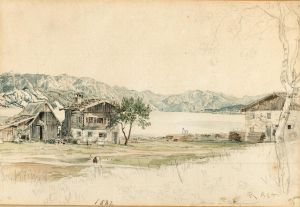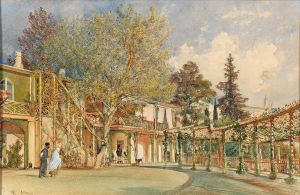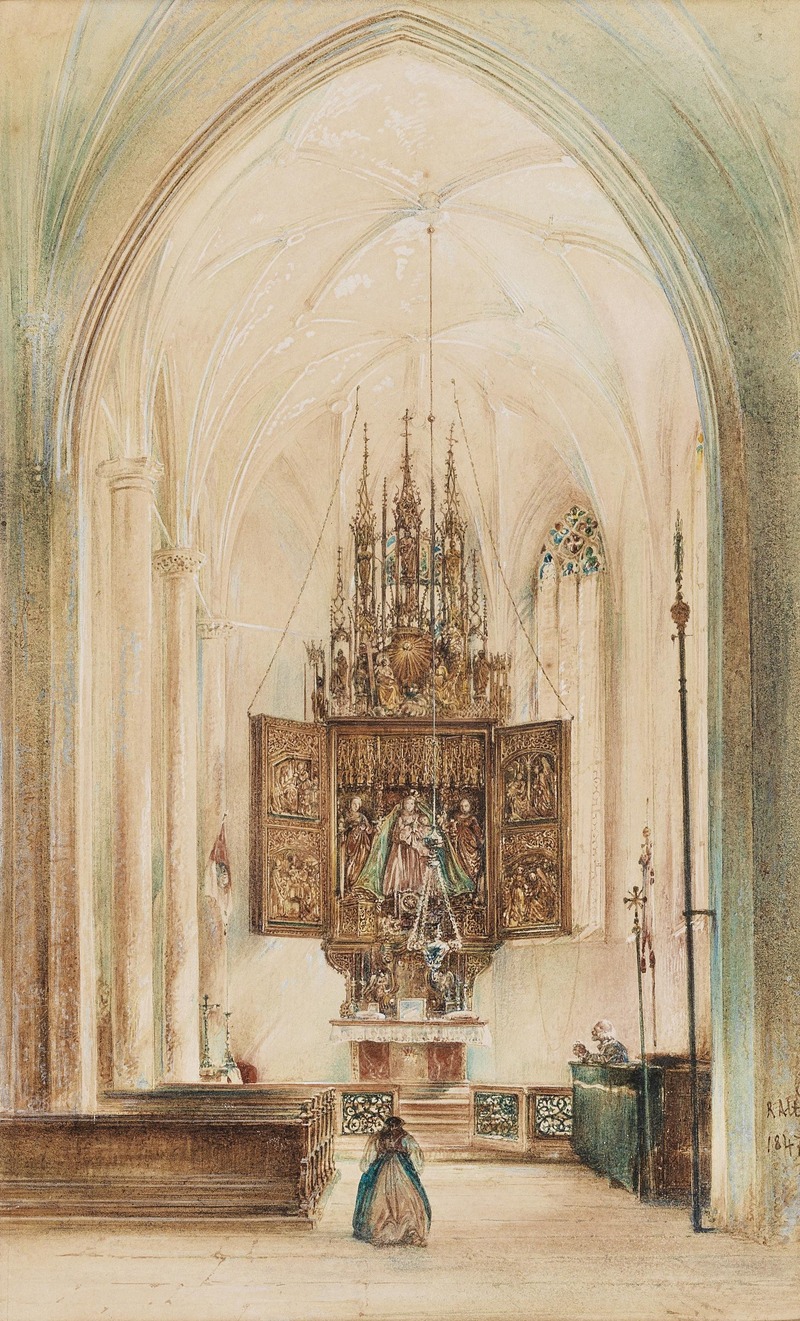
The Marian altar in the church of Hallstatt
A hand-painted replica of Rudolf von Alt’s masterpiece The Marian altar in the church of Hallstatt, meticulously crafted by professional artists to capture the true essence of the original. Each piece is created with museum-quality canvas and rare mineral pigments, carefully painted by experienced artists with delicate brushstrokes and rich, layered colors to perfectly recreate the texture of the original artwork. Unlike machine-printed reproductions, this hand-painted version brings the painting to life, infused with the artist’s emotions and skill in every stroke. Whether for personal collection or home decoration, it instantly elevates the artistic atmosphere of any space.
Rudolf von Alt, an esteemed Austrian landscape and architectural painter, is renowned for his detailed and atmospheric works that capture the essence of 19th-century European locales. One of his notable works is "The Marian Altar in the Church of Hallstatt," which exemplifies his skill in rendering architectural interiors with precision and sensitivity to light.
Rudolf von Alt was born on August 28, 1812, in Vienna, Austria. He was the son of Jakob Alt, a lithographer and painter, which provided him with an early exposure to the arts. Rudolf studied at the Academy of Fine Arts in Vienna, where he honed his skills in drawing and painting. Over his long career, he became known for his watercolors and oil paintings that depicted urban and rural scenes across Europe, particularly in Austria and Italy.
"The Marian Altar in the Church of Hallstatt" is a watercolor painting that captures the interior of a church located in Hallstatt, a picturesque village in Austria known for its stunning alpine scenery and rich history. Hallstatt is situated in the Salzkammergut region, a UNESCO World Heritage site, and is one of the oldest continuously inhabited settlements in Europe, with a history dating back to prehistoric times.
In this painting, von Alt focuses on the Marian altar, a significant religious feature dedicated to the Virgin Mary. The artwork showcases von Alt's meticulous attention to detail and his ability to convey the serene and sacred atmosphere of the church interior. The play of light and shadow is a prominent feature in the painting, highlighting the altar's intricate carvings and the surrounding architectural elements. Von Alt's use of watercolor allows for a delicate rendering of the scene, capturing the subtle variations in color and texture that bring the church interior to life.
Rudolf von Alt's work is characterized by its realism and the artist's dedication to capturing the true essence of his subjects. His paintings often reflect a deep appreciation for the architectural heritage and natural beauty of the locations he depicted. "The Marian Altar in the Church of Hallstatt" is no exception, as it not only serves as a visual document of the church's interior but also as a testament to von Alt's artistic skill and his ability to evoke a sense of place and history.
Throughout his career, von Alt received numerous accolades and was highly regarded by his contemporaries. He was a member of the Vienna Secession, an influential group of artists who sought to break away from traditional artistic conventions. His works are held in high esteem and can be found in various museums and collections, including the Albertina in Vienna, which houses a significant number of his watercolors and drawings.
In summary, "The Marian Altar in the Church of Hallstatt" by Rudolf von Alt is a masterful depiction of a sacred space, rendered with the artist's characteristic attention to detail and sensitivity to light. It stands as a testament to von Alt's legacy as one of Austria's foremost painters of the 19th century, celebrated for his ability to capture the beauty and spirit of the places he portrayed.





